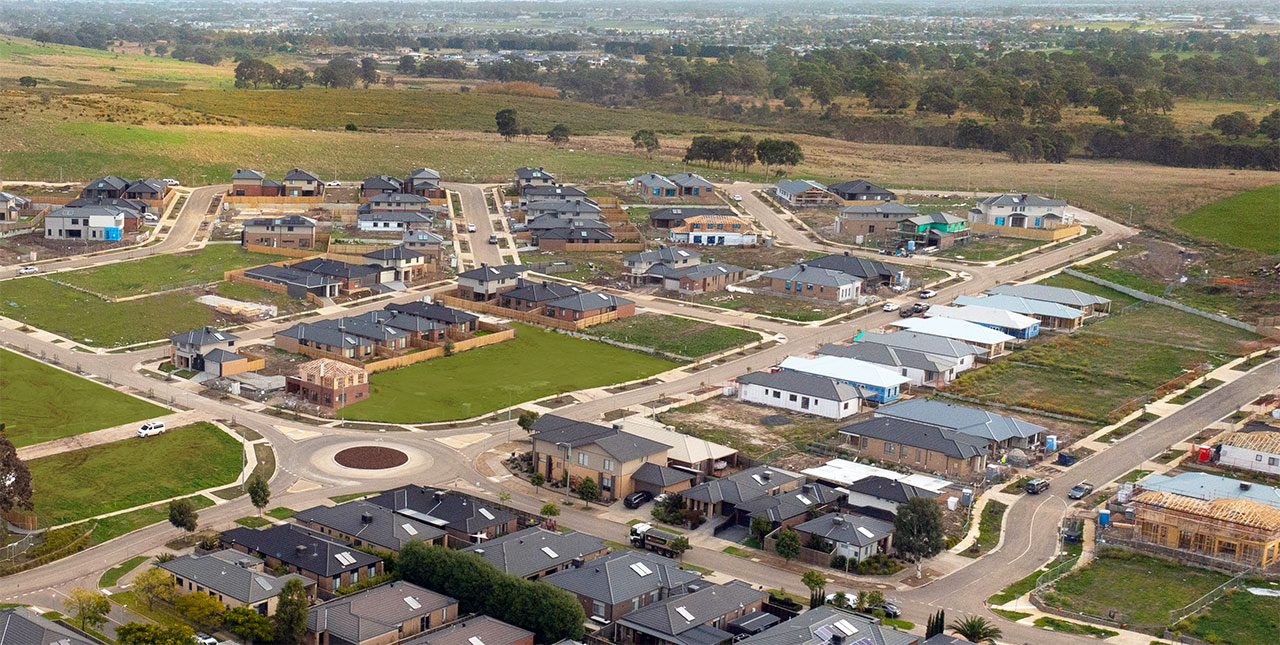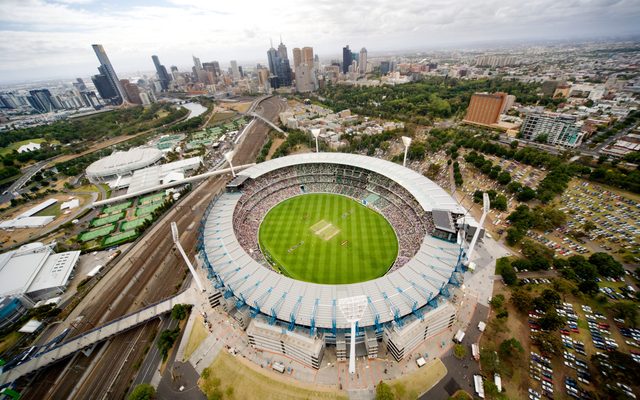This article is from the Australian Property Journal archive
IN some welcome good news for builders, developers and the inflation outlook, growth in construction costs has slowed to its lowest rate in 22 years, however, labour conditions will ensure more – albeit slow – growth is on the way, and capacity constraints may delay a meaningful recovery in activity until 2025.
CoreLogic’s latest Cordell Construction Cost Index (CCCI) showed a 0.5% rise in residential construction costs in the June quarter, a further slowing from the 0.8% increase in the first three months of the year. A large part of the slowdown stems from materials, particularly metal products and structural timbers, coming down in price.
During FY24, annual costs increased 2.6%, marking the smallest annual rise in the national CCCI since March 2002, which came in at 2.3%, and significantly below the pre-COVID decade average of 4.0%.
Quarterly growth in residential construction costs is tracking 50 basis points below the pre-COVID decade average of 1.0%. However, building or renovating remains almost 30% more expensive now than pre-COVID after an unprecedented accelerated growth that was kickstarted during the pandemic.
CoreLogic research director Tim Lawless told Australian Property Journal “the best we can hope for” is a much more moderate rate of growth rather than a fall in costs, “which is exactly what we’re seeing now”.
“I think what we probably expect over the coming six to 12 months is construction cost growth will rise at a slower pace than headline inflation. And there’s a couple of really positive things that come out of this.
“Most importantly for builders and the construction industry, it should provide a lot more confidence in their ability to quote and construct feasibilities without the underlying risk that costs might blow out. I think there’s probably that confidence boost from a slower rise in construction costs.
“We should see developer profit margins start to improve as well, because that’s the other real barrier here – liquidity pressures and profit margins have just been massively squashed over the past five years.
“So as we see construction costs rising at a more modest pace and the established market continuing to rise in price, that’s sure to help builders to be able to deliver a premium to the marketplace that implies a better profit margin for the industry. And until a profit margin exists, you can’t expect there’s going to be material uplift in new housing.”
Last week marked the official start of the National Housing Accord, which aims to deliver 1.2 million “well-located” homes over five years. It will run concurrently with Housing Australia Future Fund, which aims to deliver 20,000 social and 10,000 affordable homes, and the National Housing Accord Facility, aiming to deliver another 10,000 affordable homes.
However, the National Housing Accord target in particular is considered farfetched by analysts and the government’s own Albanese government’s National Housing Supply and Affordability Council given chronic labour shortages and high materials costs in the construction industry, and high interest rates and planning red tape.
Lawless said the new CCCI numbers also hold importance from an inflationary perspective.
“One of the actual biggest weightings in CPI is the cost of newly built dwellings. So to see construction costs now rising at the slowest pace in 22 years, that’s great news for inflation.”
“Another large weighting in the CPI is rents. Housing overall has the biggest weight in CPI. And then within the housing component, you’ve got new builds and rents are also showing the highest weightings for sub-categories. So rental growth is starting to slow down a little bit now as well, not necessarily CPI measurements just yet, but there is a lag.”
Domain’s Rent Report for the June quarter showed the pace of rental growth was 1.5 times slower than the previous quarter across the combined capitals.
The prospect of a 14th interest rate hike was put back in the frame by last month’s higher-than-expected inflation numbers, which piled more pressure on construction capacity on the eve of national cabinet’s ambitious housing programs.
Lawless said the construction outlook is “still highly uncertain”.
“We’re now seeing our costing team reporting that labour costs are stubbornly high and certainly not showing the same sort of reduction in growth that we’re seeing in materials and inputs.
“Even though we’ve seen construction costs or growth in construction costs easing off, we still have significant capacity constraints across the sector. I think there’s a real risk that we probably won’t see a significant bounce back in construction activity for another six months.
“But hopefully coming into 2025, that’s where we do start to see capacity constraints easing up as the pipeline of construction work starts to wind down.”
BuildSkills Australia estimates the country faces the impossible task of finding 90,000 extra tradies to meet the government’s housing program targets.
May’s federal budget included a $91 million investment to increase the building and construction workforce numbers.




